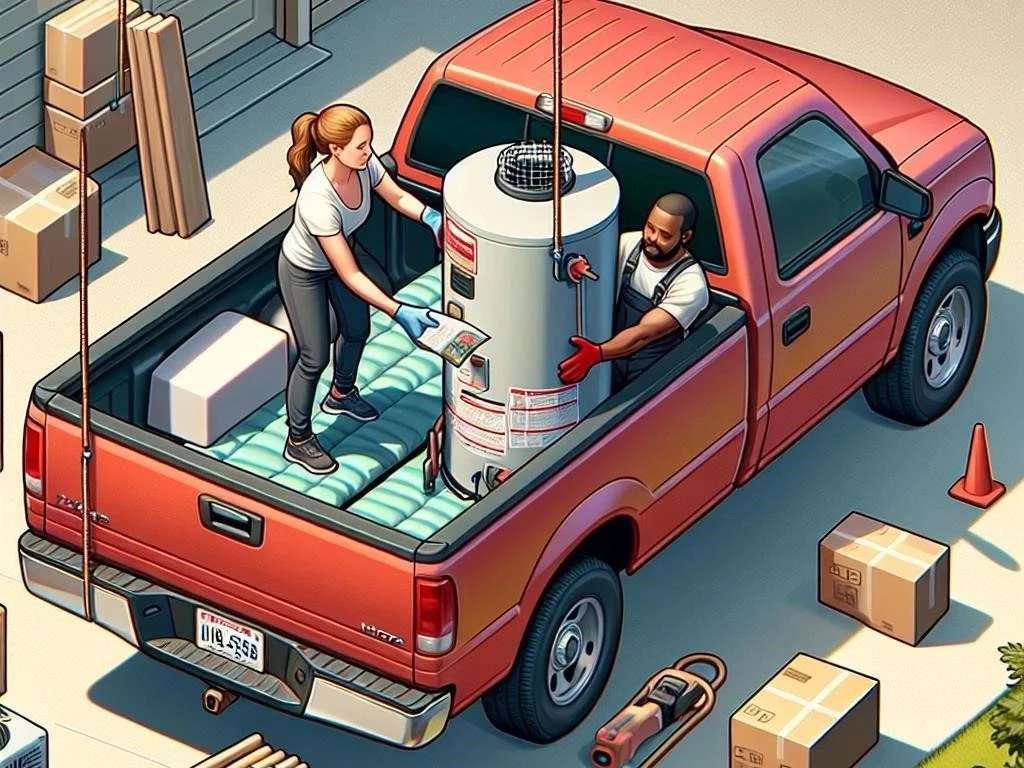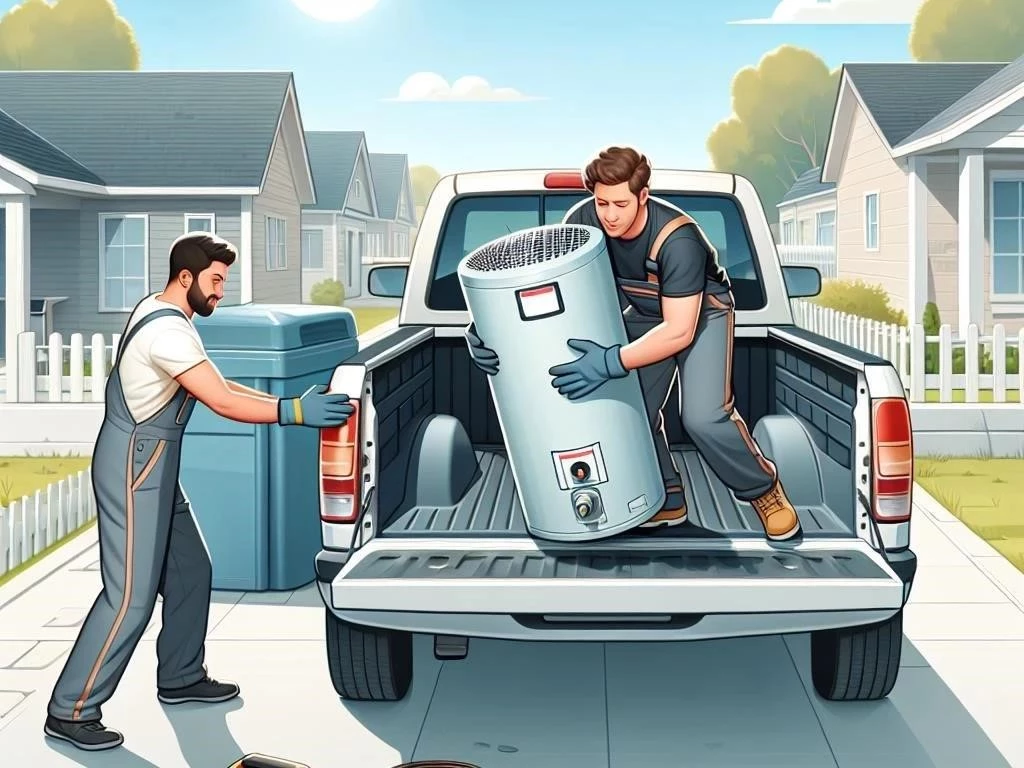
Transporting requires careful planning‚ equipment selection‚ and safety precautions. Follow guidelines for securing your load to ensure safe delivery and installation.
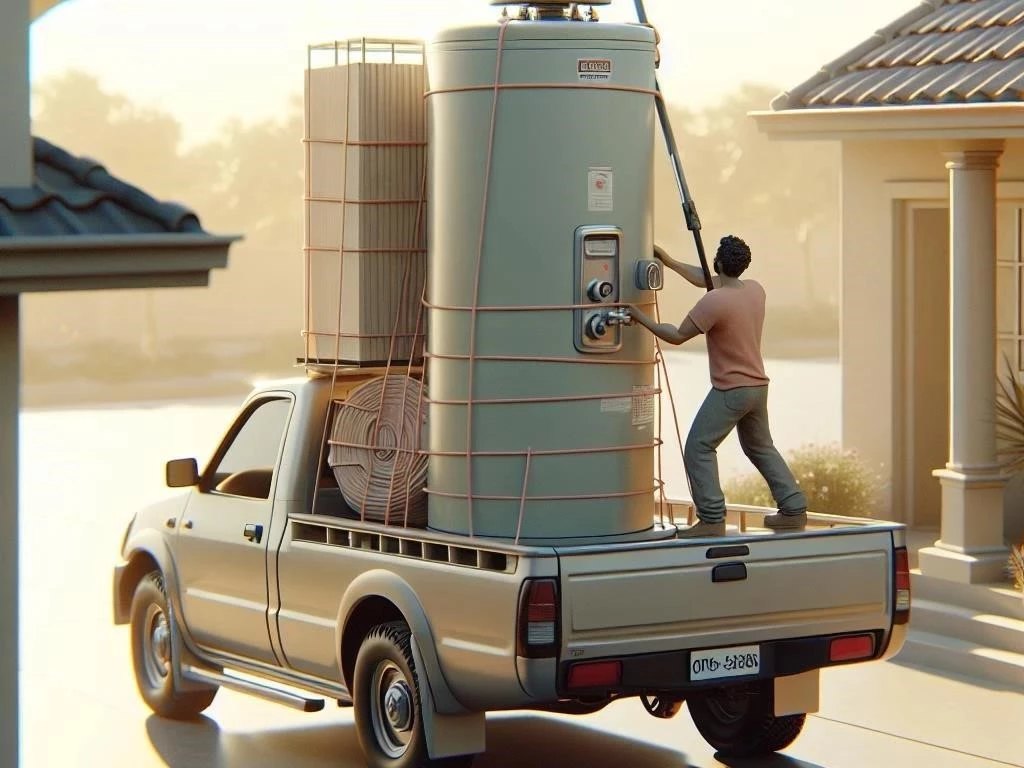
Understanding the Water Heater
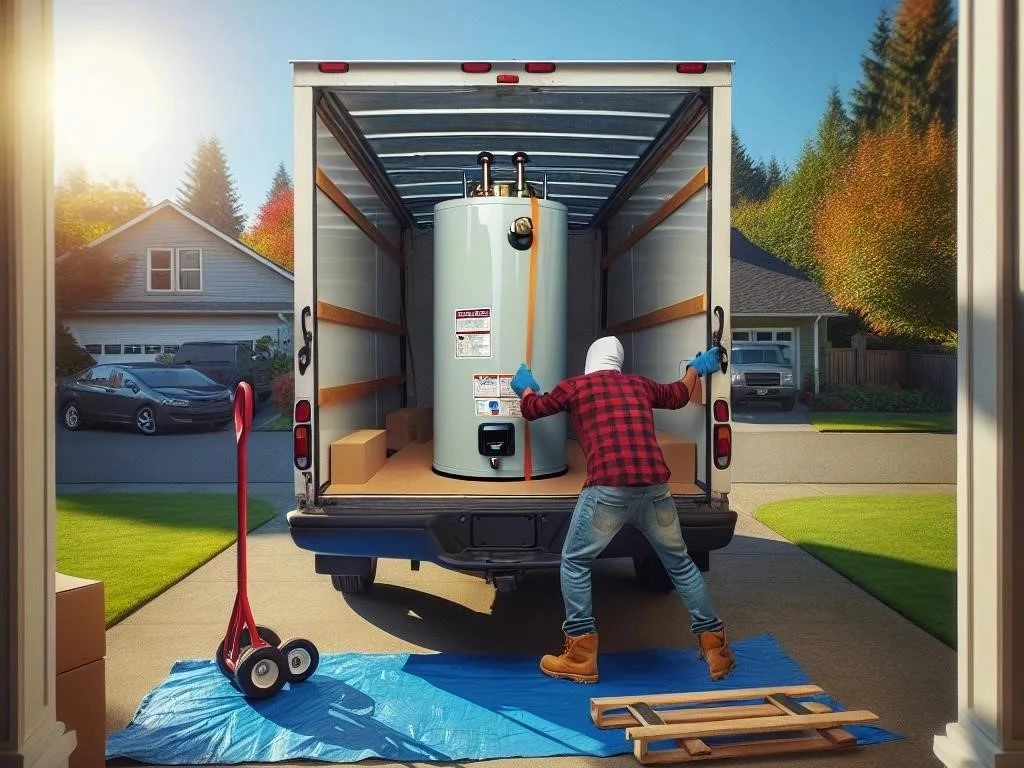
Before transport‚ familiarize yourself with the specific water heater model‚ its weight‚ dimensions‚ and additional features that may impact handling and transportation methods.
1.1 Types of Water Heaters
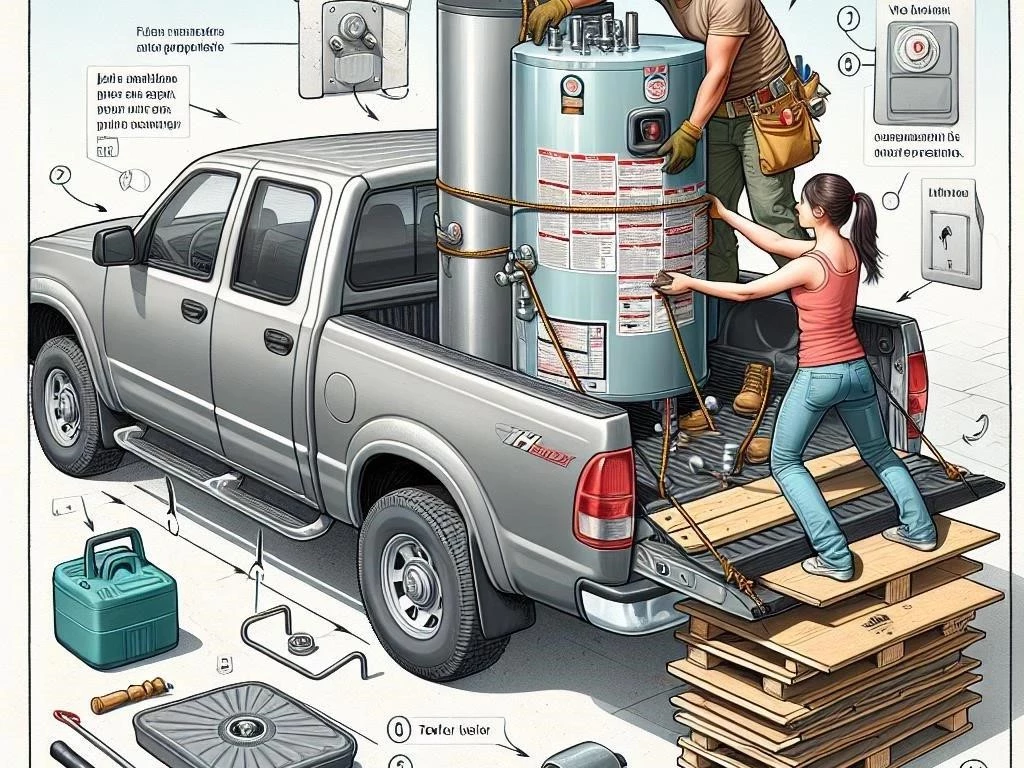
There are several types of water heaters‚ including tankless‚ electric‚ and gas models. Each type has its own weight‚ dimensions‚ and installation requirements. Tank water heaters typically store hot water in a large tank‚ while tankless models heat water on demand. Understanding the differences is crucial for transport‚ as it affects handling and securing methods. Additionally‚ consider the location of connections and vents‚ which may require special attention during loading and unloading. Always consult the manufacturer’s specifications for detailed information.
1.2 Weight and Dimensions
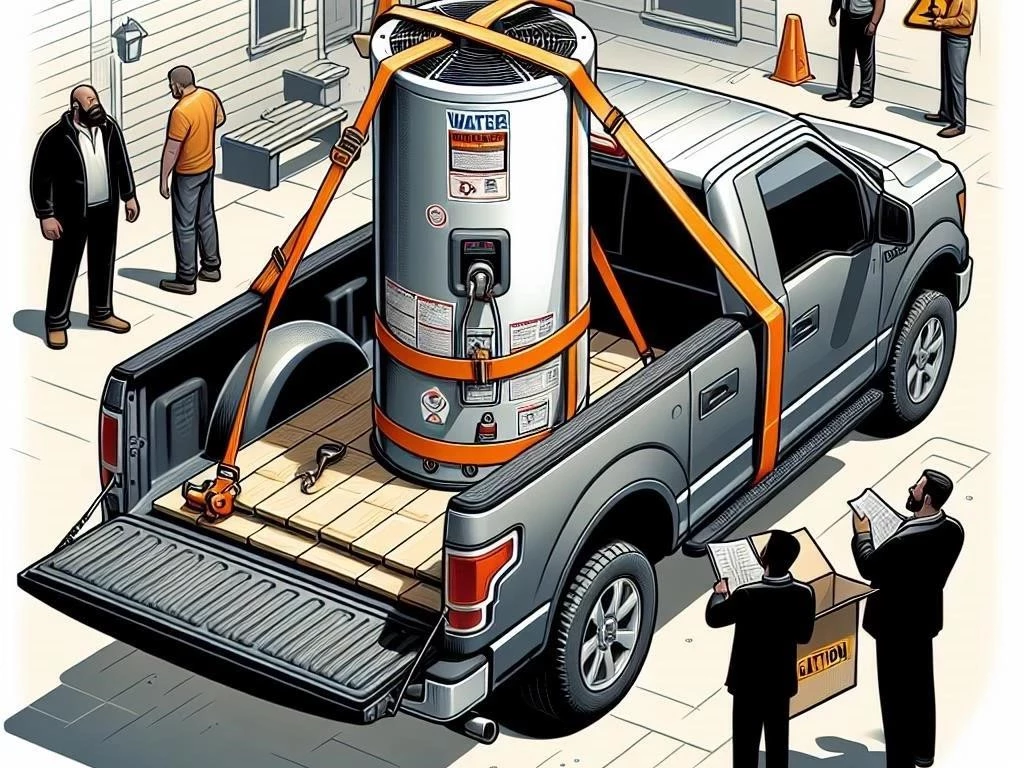
Understanding the weight and dimensions of your water heater is essential for safe transportation. Typical residential models can weigh between 100 to 300 pounds and vary in height and diameter; Measure the water heater’s height and width to ensure it fits properly in your pickup truck. Additionally‚ consider the weight distribution in your vehicle. Too much weight on one side can cause handling issues during transport. Always verify the specific model’s specifications to prepare adequately for loading‚ securing‚ and transporting the unit safely.
Preparing for Transport
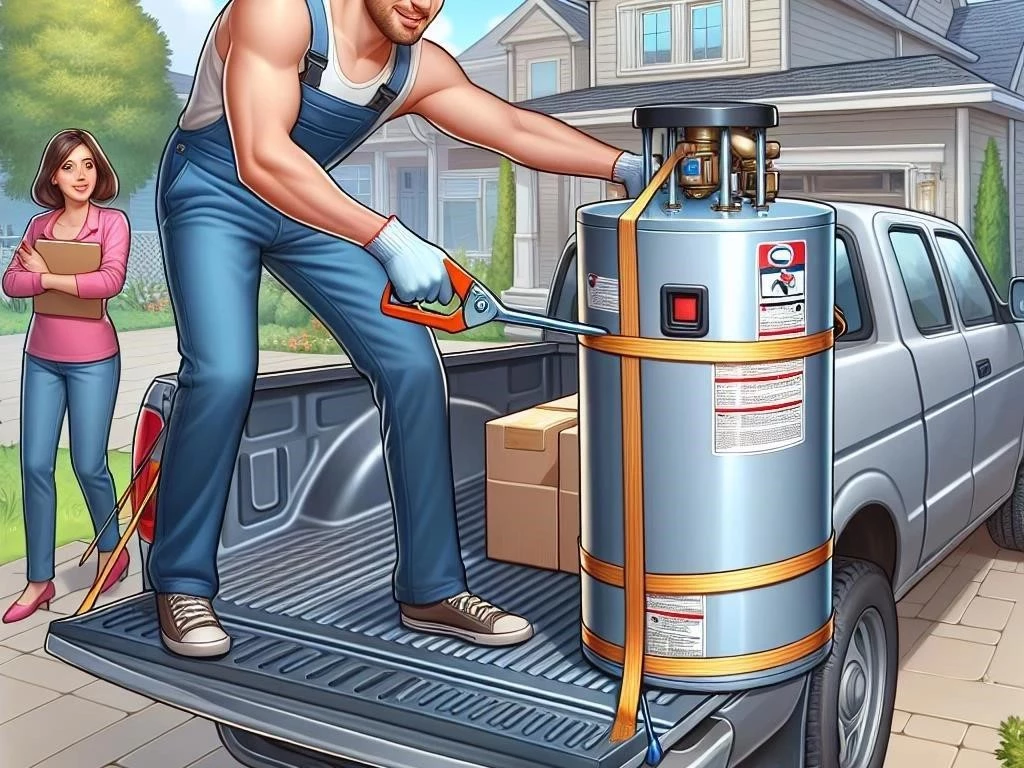
Proper preparation is crucial for a successful transport. Gather necessary equipment‚ tools‚ and safety gear to ensure a smooth loading and unloading process.
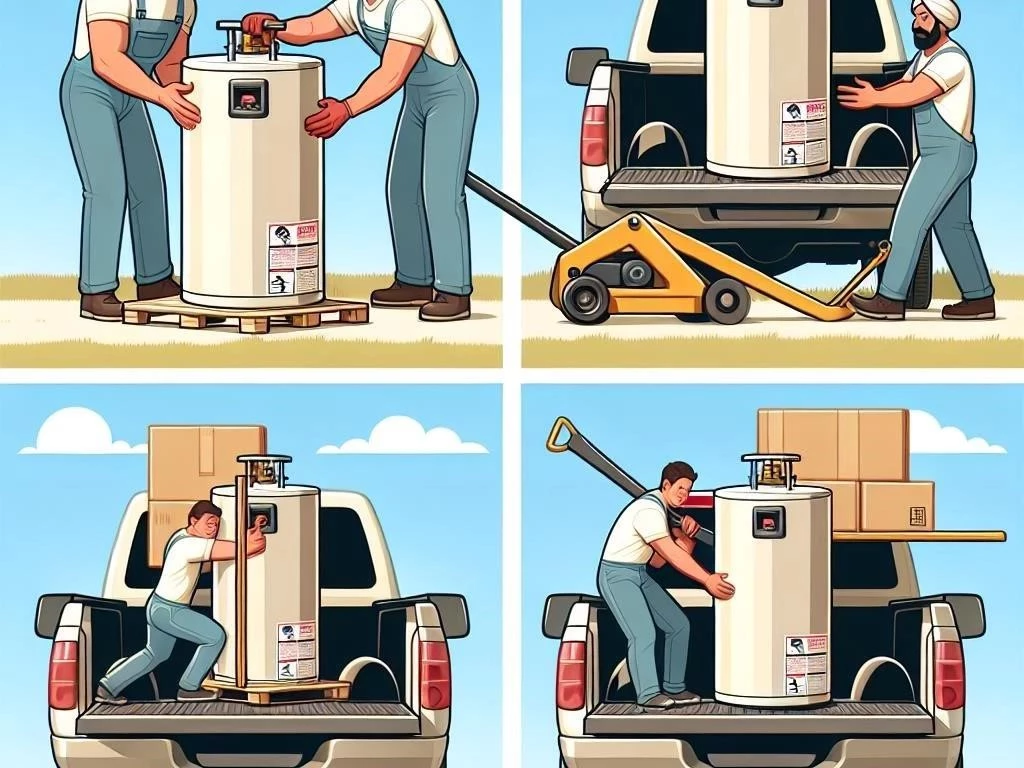
2.1 Gathering Necessary Equipment

Before transporting your water heater‚ gather essential equipment to ensure safety and efficiency. You will need a dolly for easy maneuvering‚ straps for securing the load‚ and protective coverings to prevent damage. Additionally‚ have tools ready for disconnection and reinstallation‚ along with a manual to guide the process. A pickup truck with a suitable bed size is also necessary. Consider safety gear‚ such as gloves and a back support belt‚ to protect yourself while handling this heavy object. Preparation will significantly ease transportation challenges.
2.2 Tools You May Need
When preparing to transport a water heater‚ having the right tools can make the process smoother and safer. Essential tools include wrenches for disconnecting plumbing‚ a screwdriver for any necessary assembly‚ and a utility knife for cutting straps or packaging. Additionally‚ a socket set may be required for specific fittings. A level can help ensure proper placement during loading‚ while a flashlight can assist in visibility during nighttime tasks. Always check your equipment beforehand to ensure everything is in working order for a successful transport.
Safety Tips for Transporting a Water Heater
Prioritize safety by following essential guidelines‚ including using proper equipment‚ securing the load effectively‚ and employing correct lifting techniques during the entire transportation process.
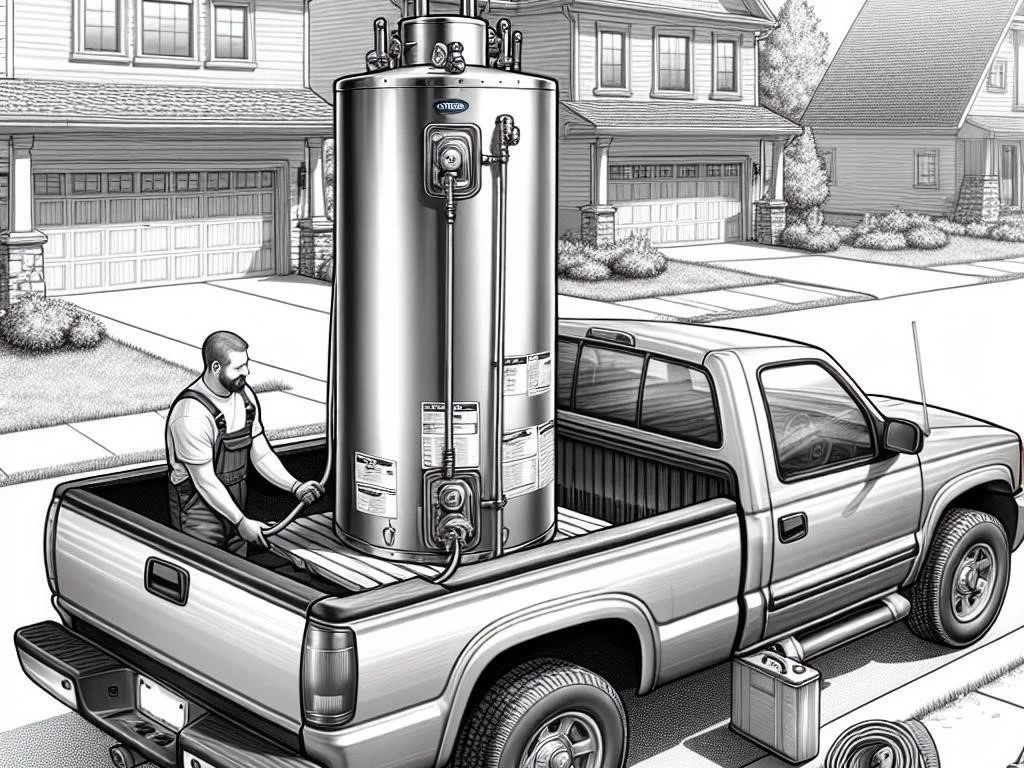
3.1 Precautions to Take
When transporting a water heater‚ take essential precautions to ensure safety. Always assess the weight and dimensions before moving. Wear protective gear‚ including gloves and sturdy footwear‚ to prevent injuries. Clear the area of obstacles to avoid tripping hazards during loading and unloading. Ensure the pickup truck is parked on a flat surface to stabilize the load. Use a dolly for easier movement and minimize strain on your back. Additionally‚ confirm that all connections are properly disconnected to avoid leaks or spills during transport.
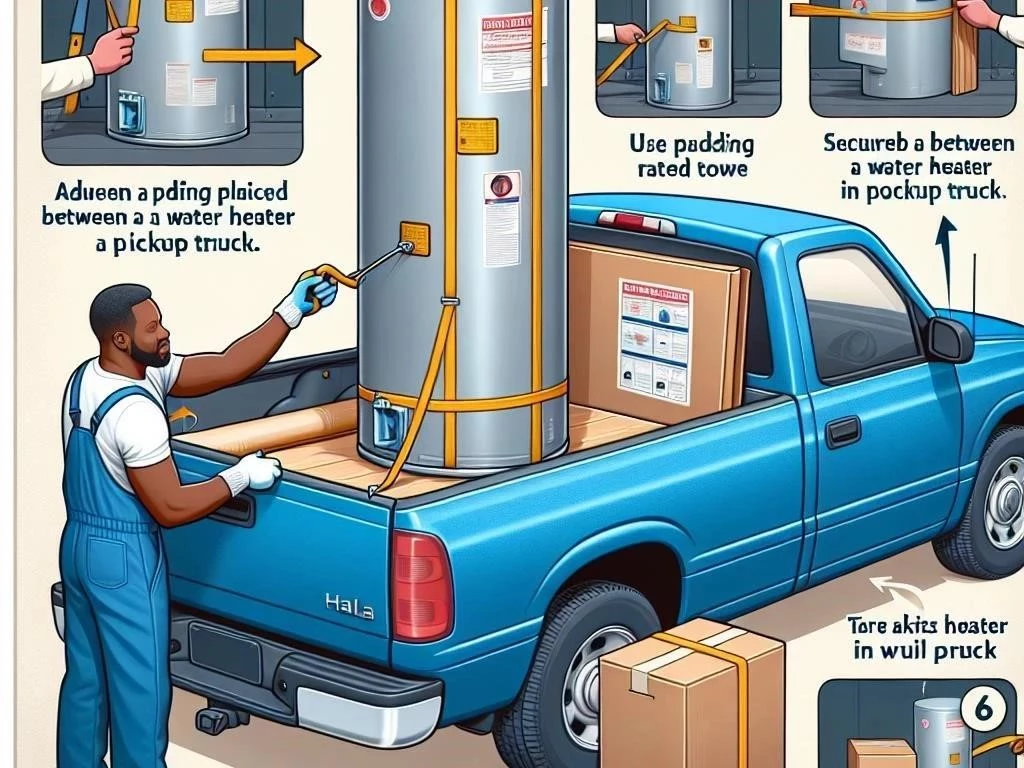
3.2 Using Protective Covering
Utilizing protective covering is vital for safeguarding your water heater during transport. Wrap the unit in moving blankets or bubble wrap to prevent scratches and dents. Secure the covering with tape or straps to ensure it stays in place throughout the journey. Additionally‚ consider using cardboard or foam around vulnerable areas‚ such as valves or connections‚ for extra protection. This layered approach minimizes the risk of damage due to shifting or impacts during transit. Protecting your water heater ensures it remains in optimal condition for installation.
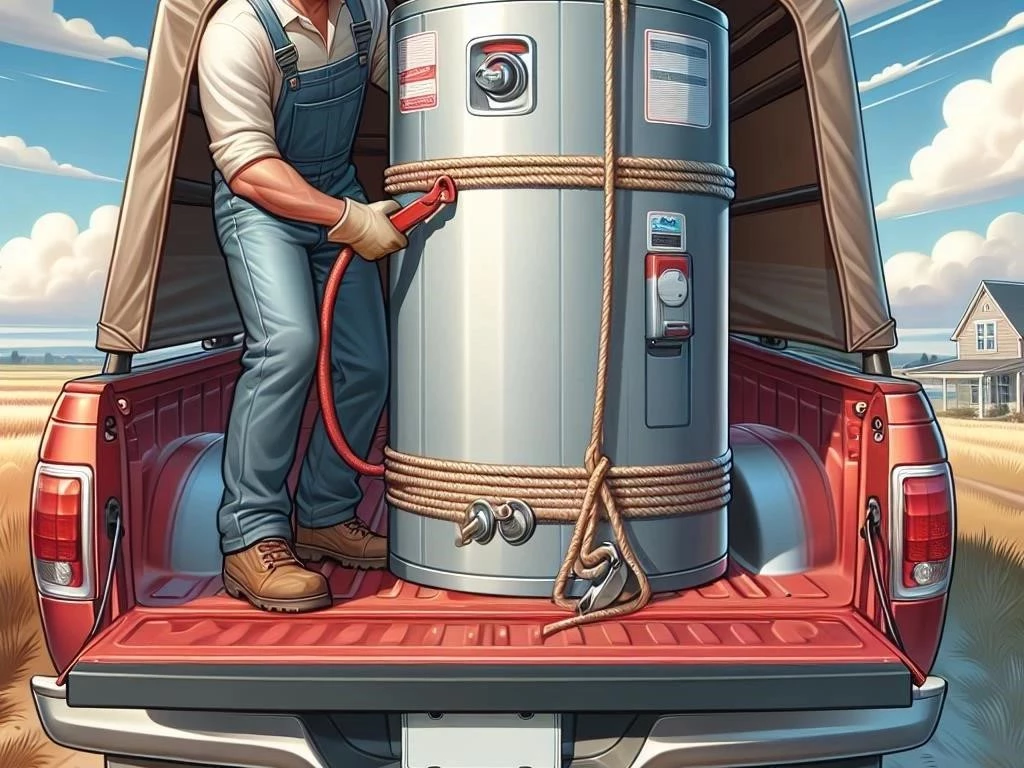
Securing the Water Heater
Properly securing your water heater in the pickup truck is essential for safe transport. Utilize straps and weight distribution techniques to prevent shifting during transit.
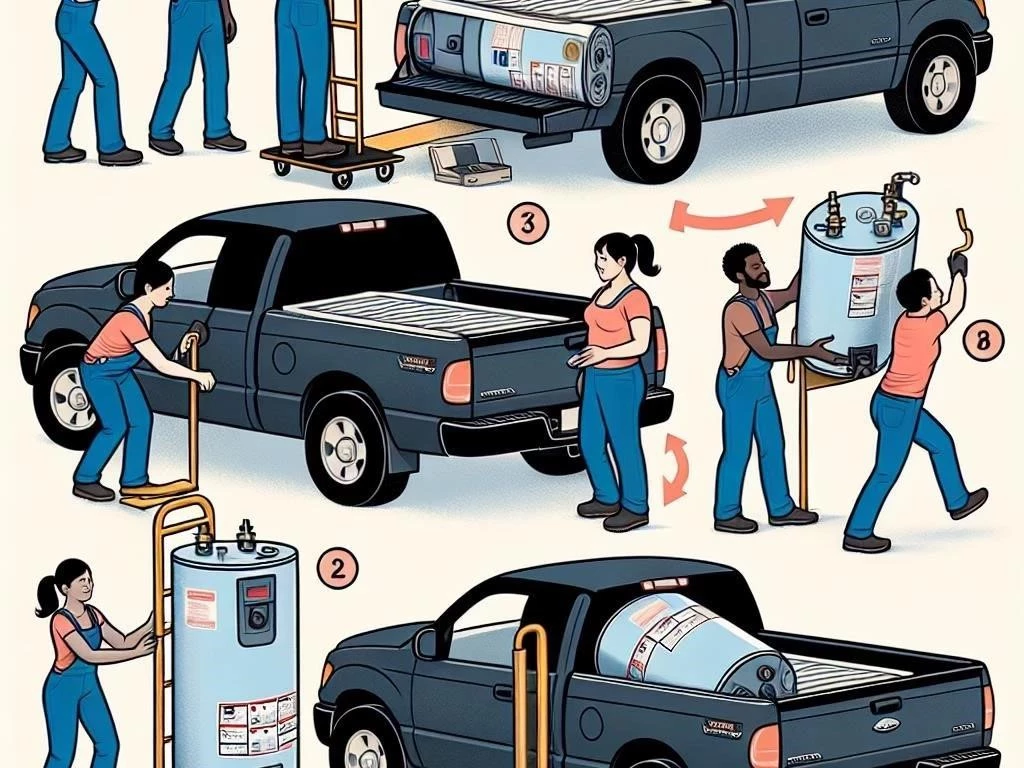
4.1 Weight Distribution Techniques
Effective weight distribution techniques are crucial for safe transport of your water heater. Position the heater centrally in the pickup truck bed to balance the load evenly. Ensure that the weight is distributed evenly between the front and rear axles to maintain vehicle stability. If possible‚ place heavier items towards the front of the bed to prevent swaying. Use additional equipment‚ such as foam padding or blocks‚ to stabilize the heater and prevent movement. Proper weight distribution reduces the risk of accidents during transportation;
4.2 Straps and Tie-Downs
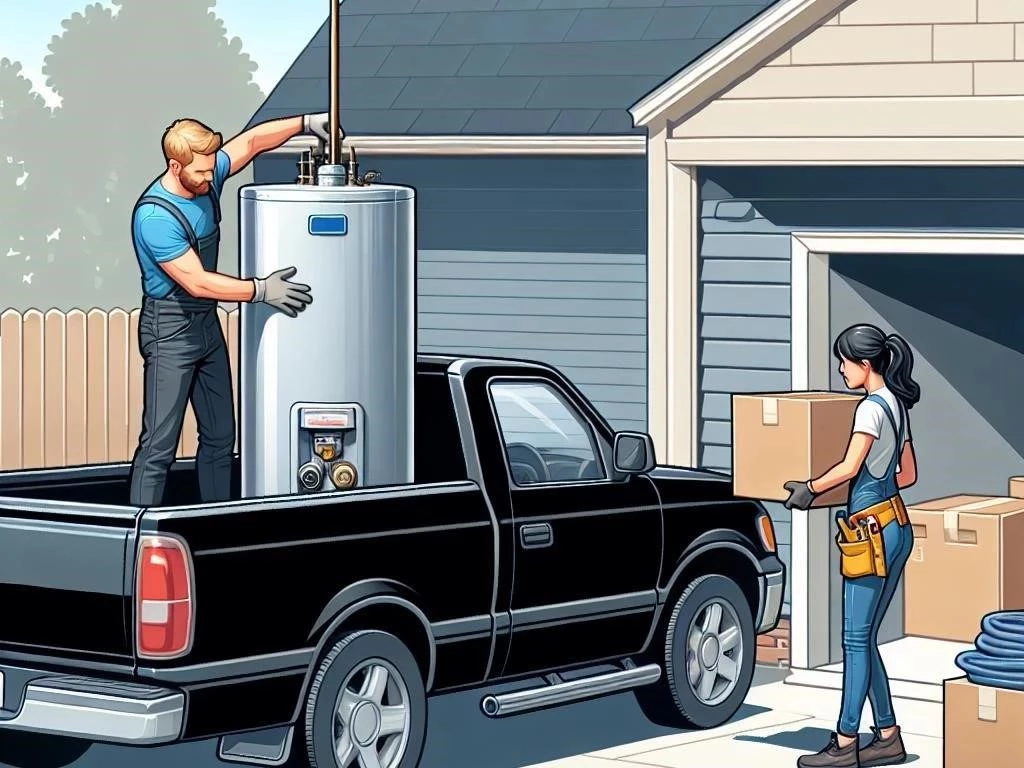
Using straps and tie-downs is essential for securely transporting your water heater. Choose heavy-duty ratchet straps or cam buckle straps that can withstand the weight. Attach the straps to solid anchor points in the pickup truck‚ ensuring they are tight enough to prevent movement. Run straps over the water heater‚ securing it firmly without damaging the protective covering. Use multiple straps for added security‚ crisscrossing them to create a stable hold. Regularly check the straps during transit to ensure they remain secure throughout the journey.
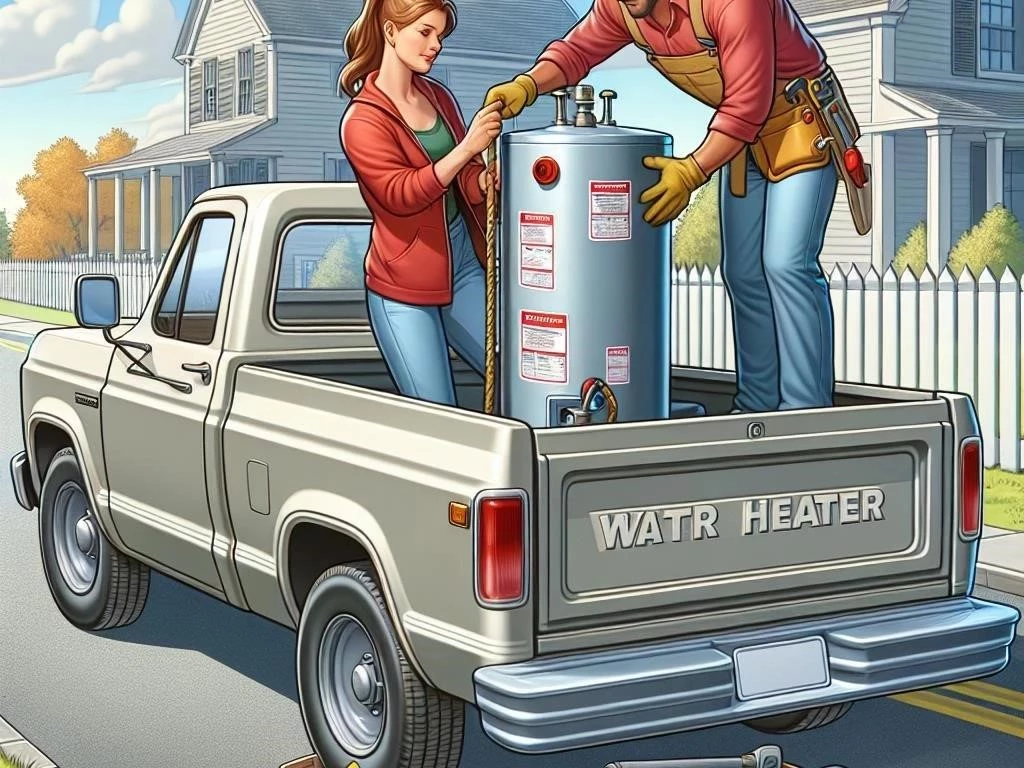
Loading the Water Heater into the Pickup Truck
Loading the water heater requires careful techniques. Utilize a dolly for ease‚ and always ensure proper lifting methods to maintain safety and prevent injuries.
5.1 Using a Dolly for Loading
Using a dolly significantly simplifies the loading process for your water heater. First‚ position the dolly next to the heater and tilt it slightly to slide the dolly underneath. Ensure the dolly’s straps or brackets securely hold the heater in place. Once secured‚ carefully tilt the dolly back‚ balancing the weight as you lift. Move steadily towards the pickup truck‚ maintaining control. When reaching the truck bed‚ carefully navigate the dolly and lift the heater into position. This method reduces strain and minimizes the risk of injury.
5.2 Manual Handling Techniques
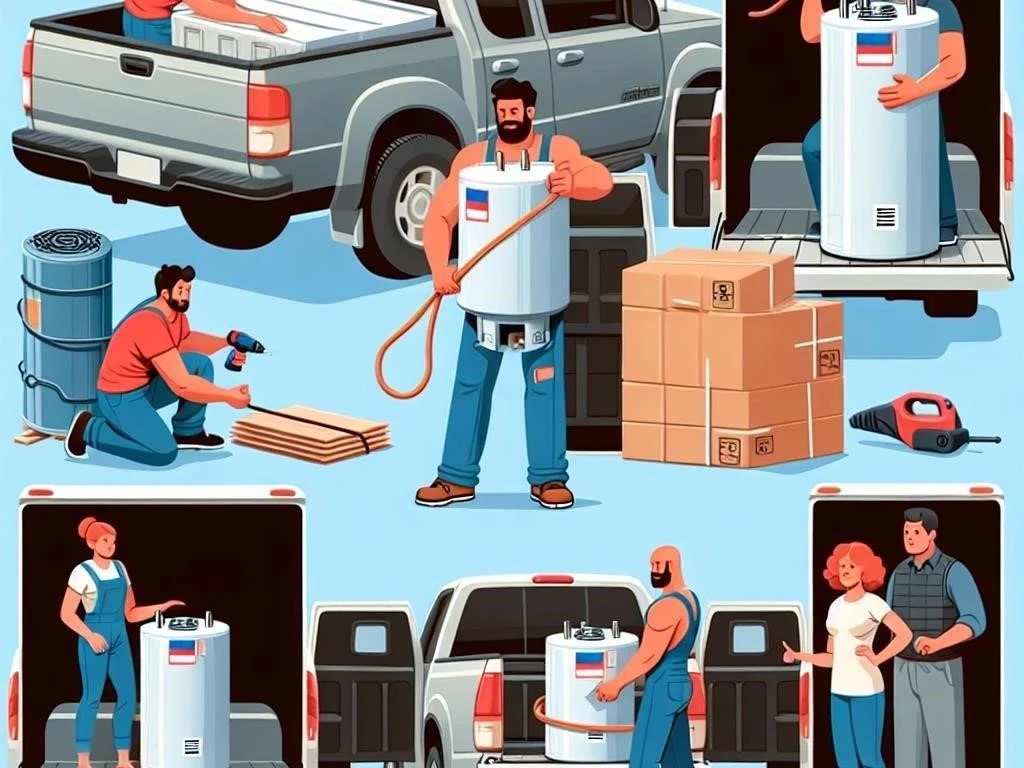
When manual handling is necessary‚ it’s crucial to use proper techniques to prevent injuries. Start by assessing the weight of the water heater and ensure you have a clear path. Bend your knees‚ keeping your back straight‚ and grasp the heater securely with both hands. Lift with your legs‚ not your back‚ to distribute the weight evenly. Engage a partner if the heater is too heavy or awkward. Move slowly and steadily‚ pivoting your feet rather than twisting your body‚ to maintain balance and control during transport.
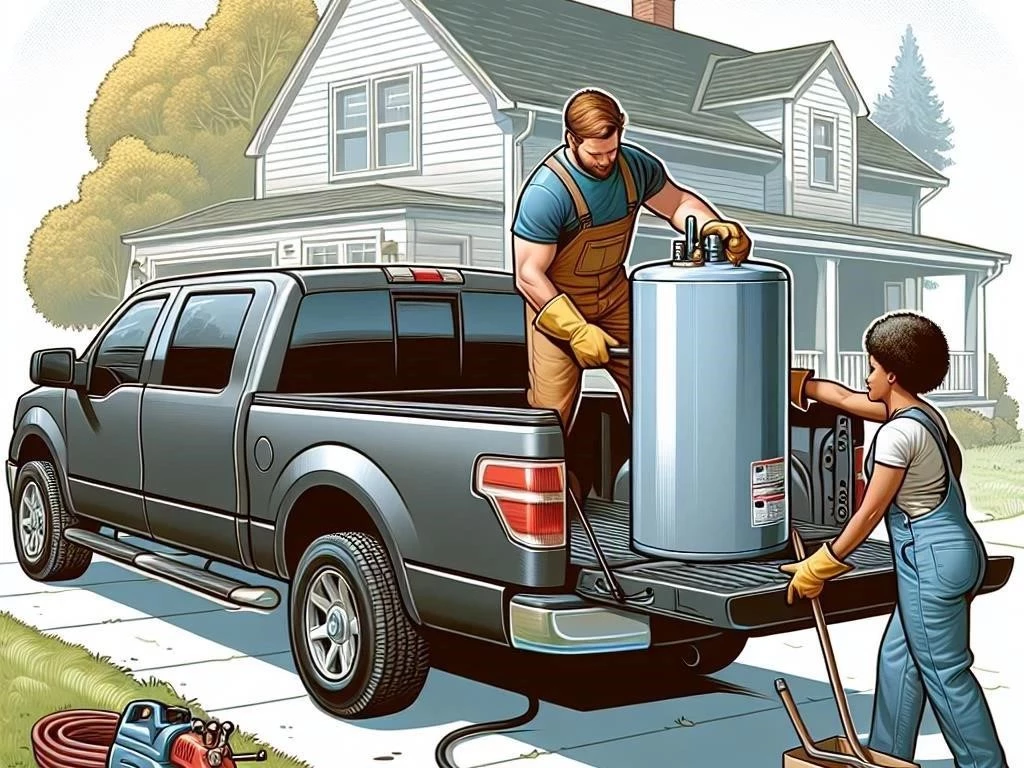
Unloading the Water Heater at the Destination
Unloading requires careful attention to safety. Utilize proper techniques to lower the water heater securely‚ ensuring stability throughout the process to prevent accidents.
6.1 Safe Unloading Practices
To safely unload the water heater‚ start by ensuring that the area is clear of obstacles. Communicate with any helpers to coordinate movements effectively. If using a dolly‚ carefully wheel the heater to the edge of the truck bed‚ maintaining control. If lifting manually‚ use proper techniques by bending your knees and keeping your back straight. Slowly lower the heater to the ground‚ ensuring stability. Avoid dropping or jerking movements that could cause injury or damage. Always prioritize safety during the unloading process for optimal results.
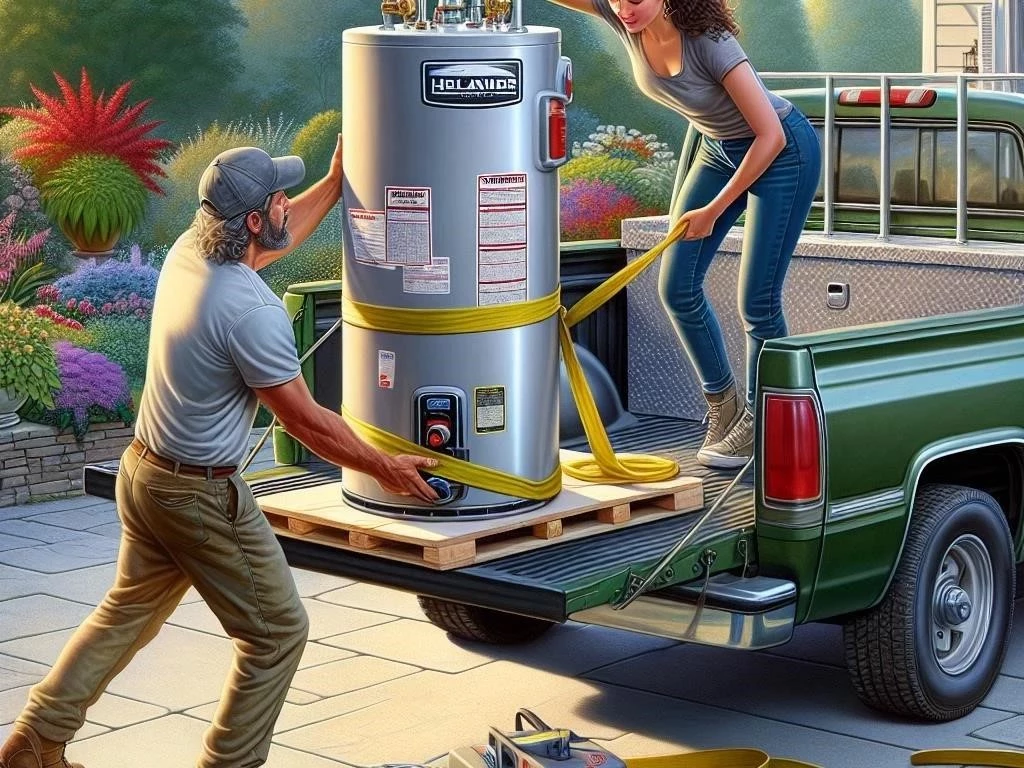
6.2 Positioning for Installation
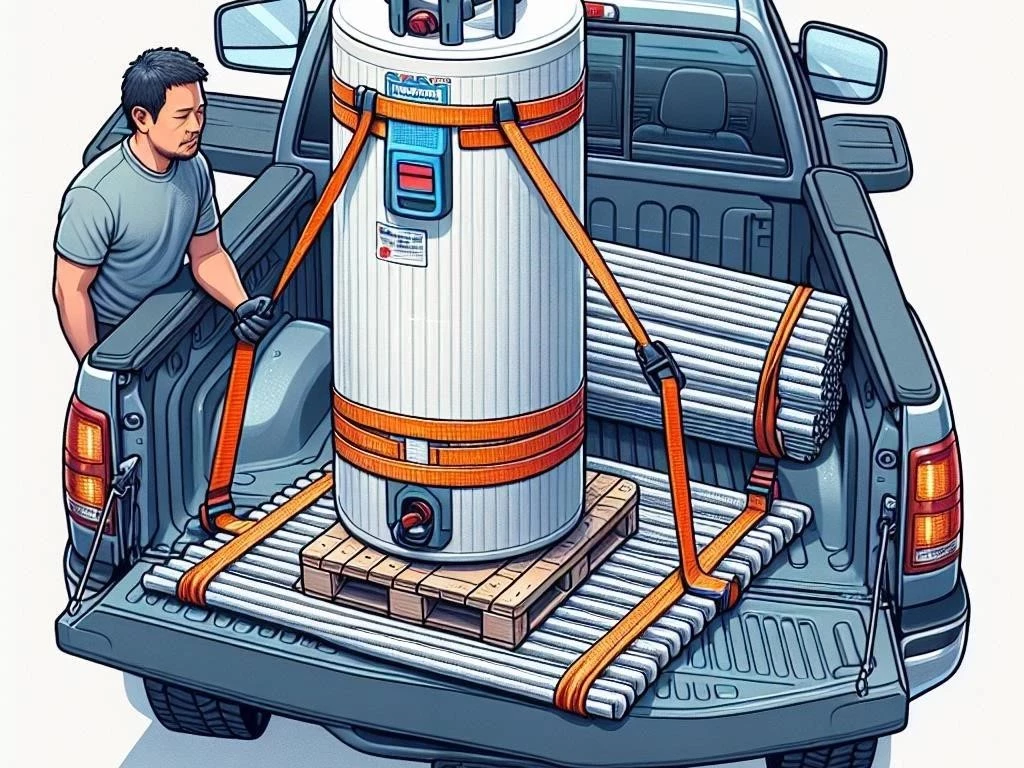
Once unloaded‚ positioning the water heater correctly is essential for a smooth installation. Identify the designated installation area‚ ensuring it meets all plumbing and electrical requirements. Position the heater in line with existing connections‚ keeping adequate space for maintenance access. Use a level to ensure the heater is straight‚ which is crucial for proper functioning. If necessary‚ adjust the location slightly to accommodate connections. Avoid placing it in a confined space where airflow may be restricted. Proper positioning ensures efficient installation and long-term operational success.
Delivery Considerations
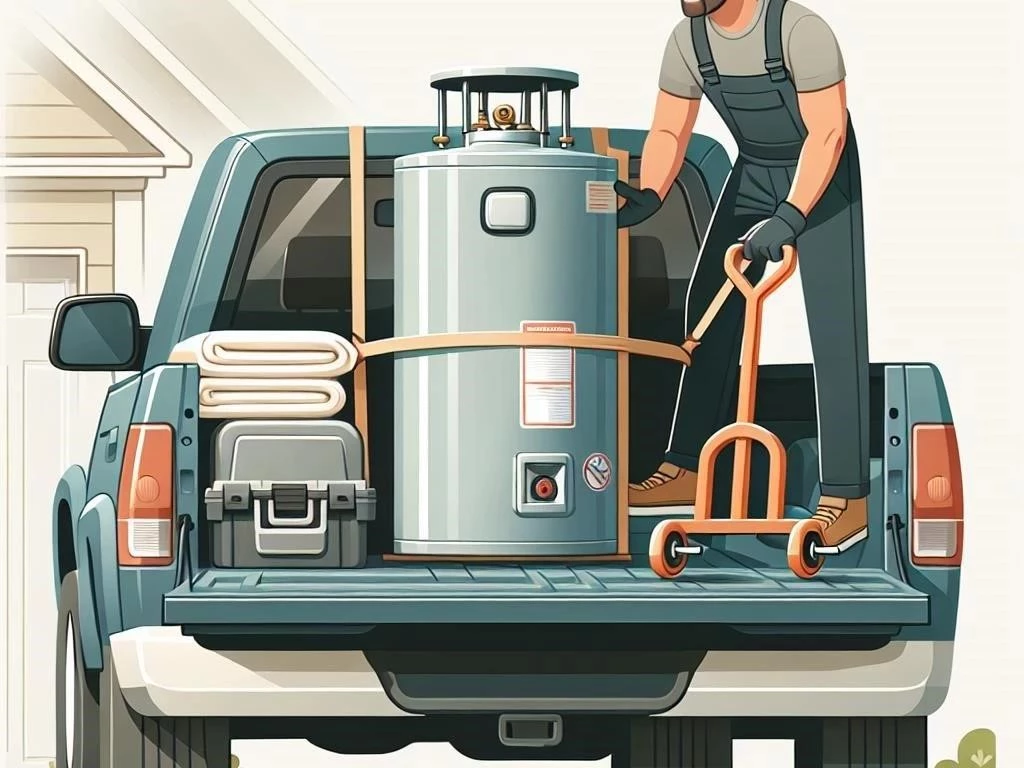
When planning delivery‚ account for timing‚ route planning‚ and communication with the delivery team to ensure a smooth and efficient transportation process for the heater.
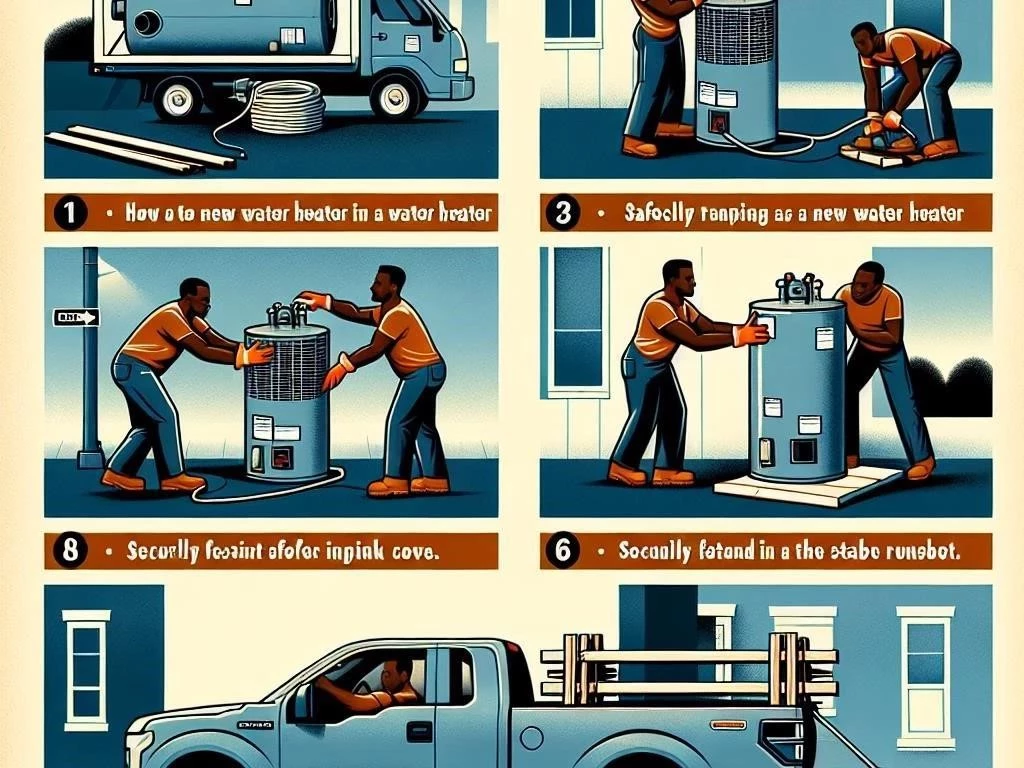
7.1 Timing and Route Planning
Effective timing and route planning are essential for a successful transport. Choose a delivery time that avoids heavy traffic‚ ensuring smoother driving conditions. Consider potential weather conditions that could impact the journey‚ such as rain or snow. Map out the route beforehand‚ selecting roads that accommodate larger vehicles and avoiding any low bridges or narrow passages. Allow extra time for unexpected delays‚ ensuring you arrive at the destination punctually. Proper planning reduces stress and helps ensure the water heater arrives safely and on schedule.
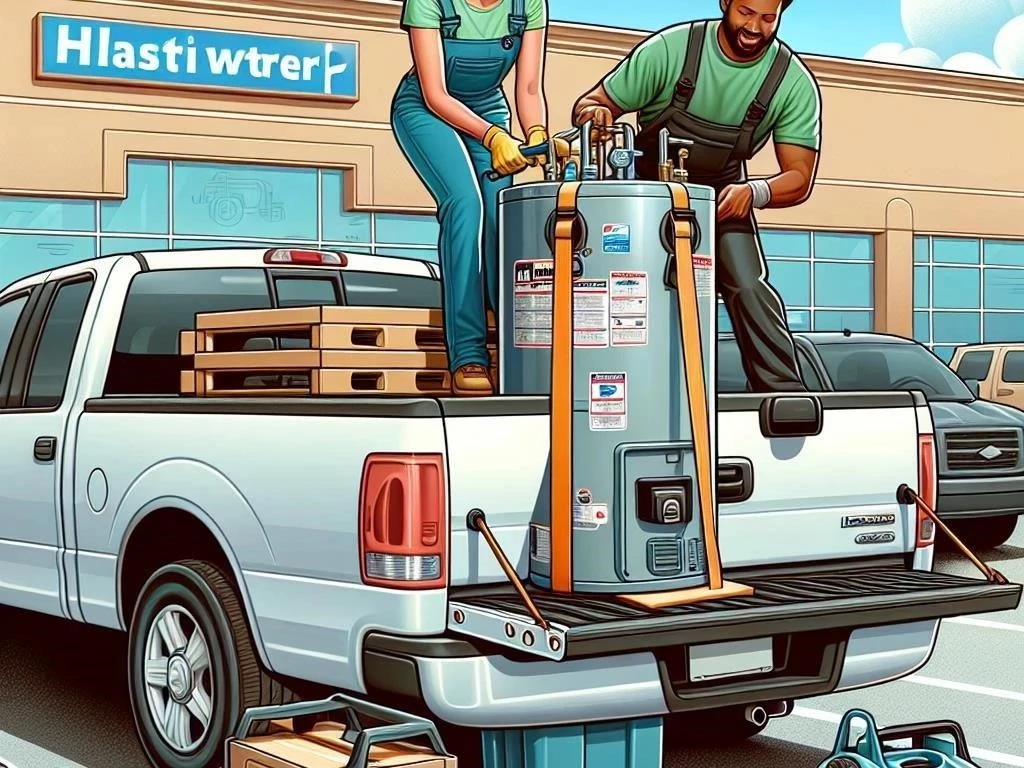
7.2 Communicating with the Delivery Team
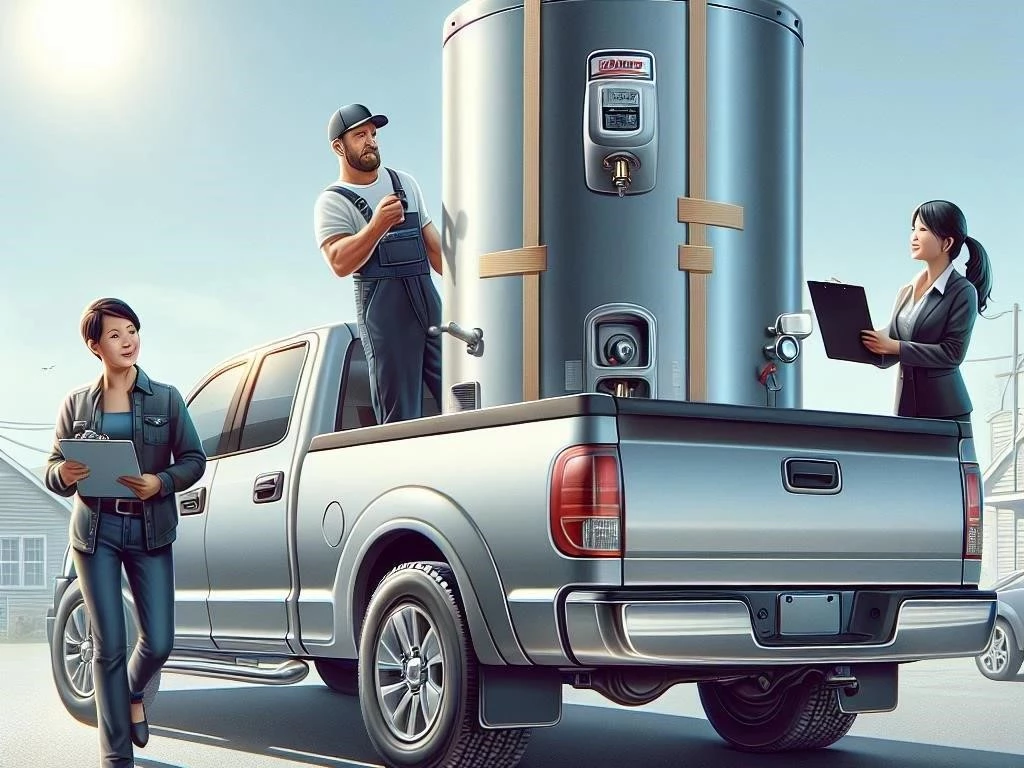
Effective communication with the delivery team is vital for a smooth transport process. Provide clear instructions regarding the pickup and delivery locations‚ as well as any specific requirements for handling the water heater. Discuss timing and any potential obstacles that may arise during transport. Encourage the team to ask questions if they are uncertain about any aspect of the delivery. Establishing open lines of communication helps address issues promptly and ensures everyone is on the same page‚ leading to a successful transportation experience.
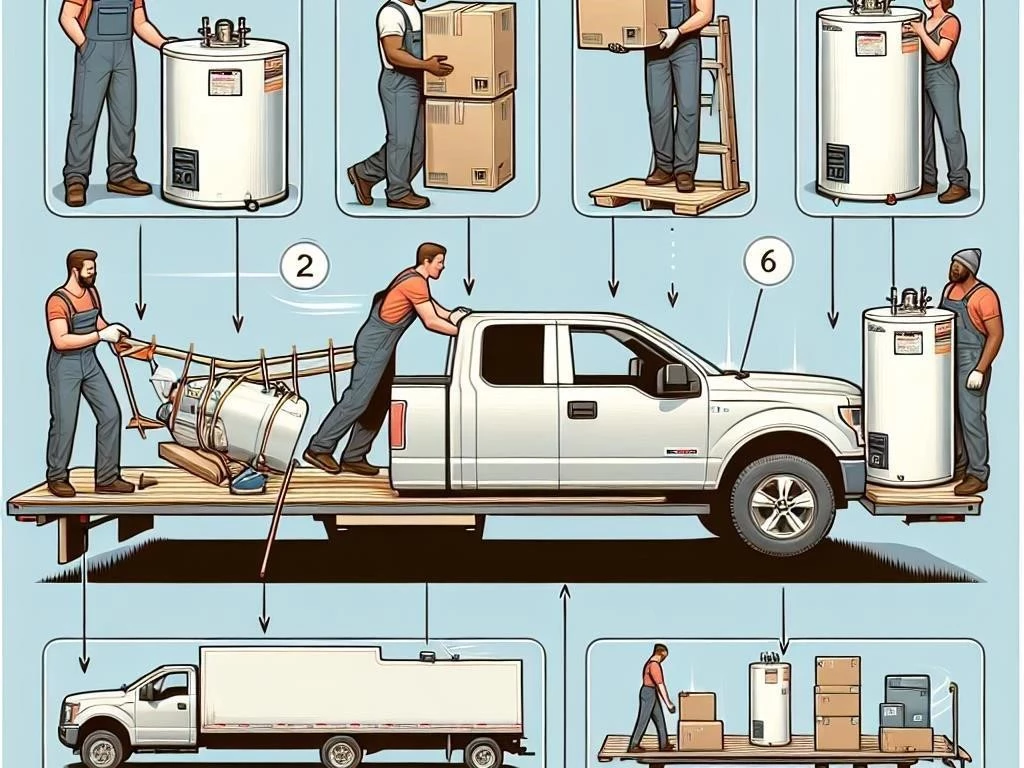
Post-Transport Considerations
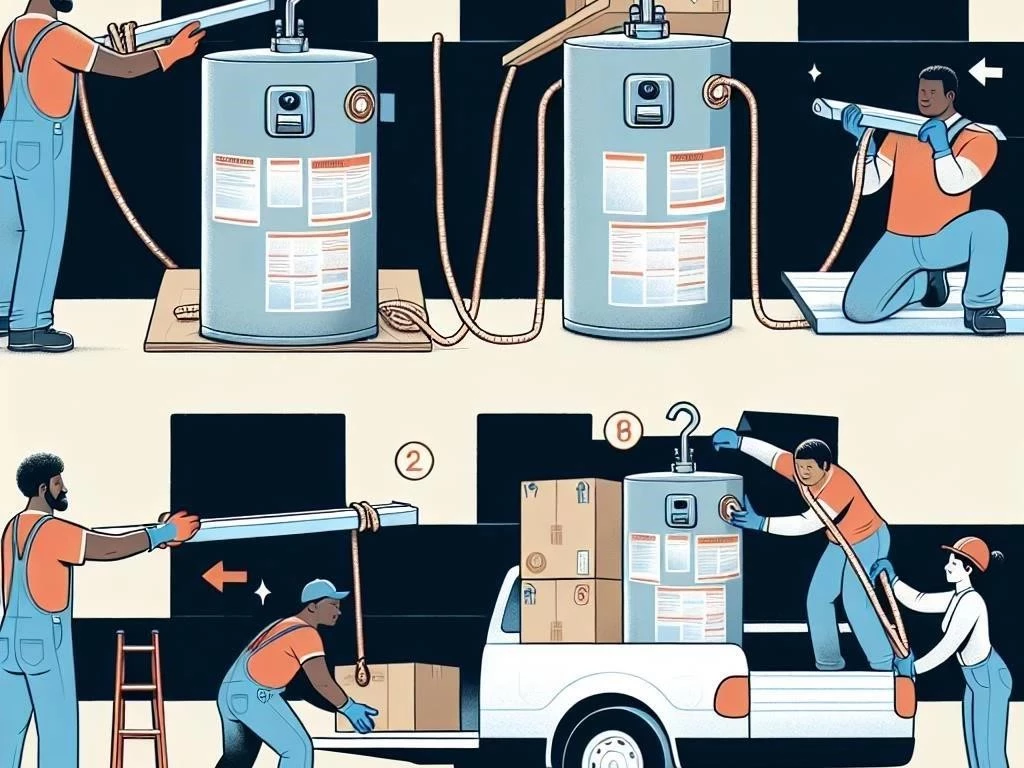
After transport‚ inspect the water heater for damage and review the installation manual. Confirm all connections are intact before proceeding with the installation process.
8.1 Checking for Damage
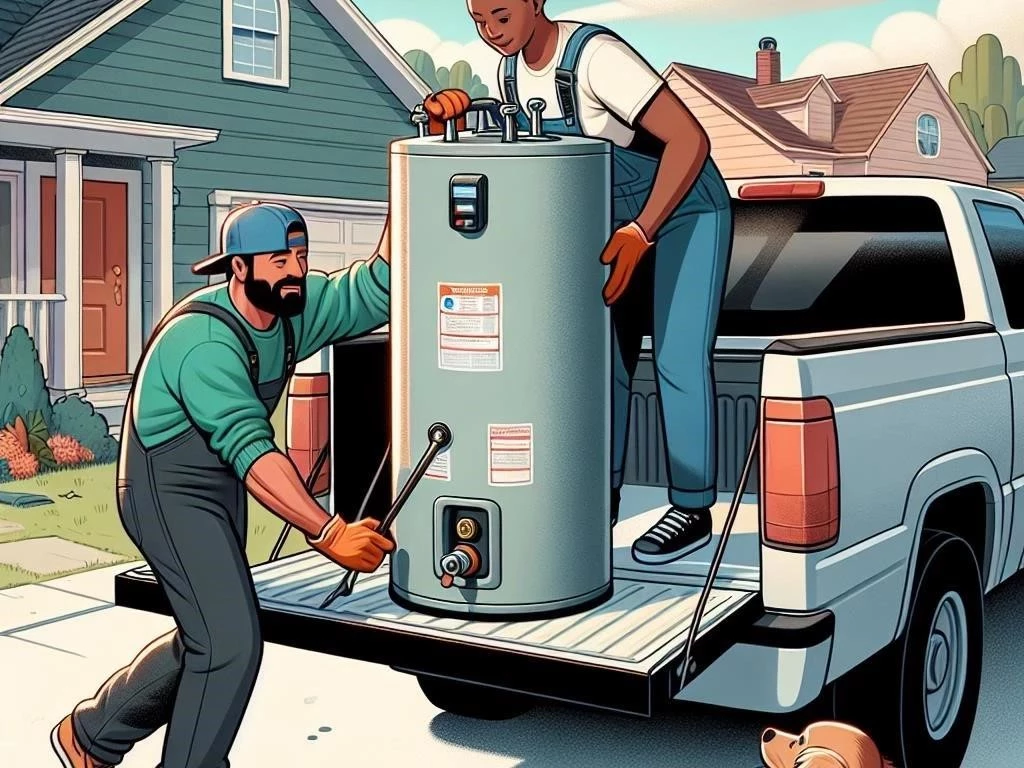
Once the water heater has been transported and unloaded‚ thoroughly inspect it for any signs of damage. Check for dents‚ scratches‚ or cracks on the exterior that could compromise its integrity. Inspect all connections and fittings to ensure they are intact and undamaged. Look for any signs of leakage around the valves; If any damage is detected‚ document it and consult the manufacturer or supplier for guidance. Addressing damage before installation ensures optimal performance and reduces the risk of future issues.
8.2 Installation Manual Review
Before proceeding with installation‚ carefully review the installation manual provided with the water heater. This document contains essential information regarding proper setup‚ including electrical and plumbing requirements. Familiarize yourself with the manufacturer’s instructions‚ diagrams‚ and safety precautions. Ensure you have all necessary tools and equipment ready for the installation process. Pay particular attention to any specific guidelines regarding venting and clearance requirements. A thorough understanding of the manual will facilitate a smooth and successful installation‚ ensuring the water heater operates efficiently and safely.
